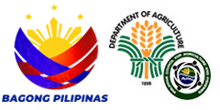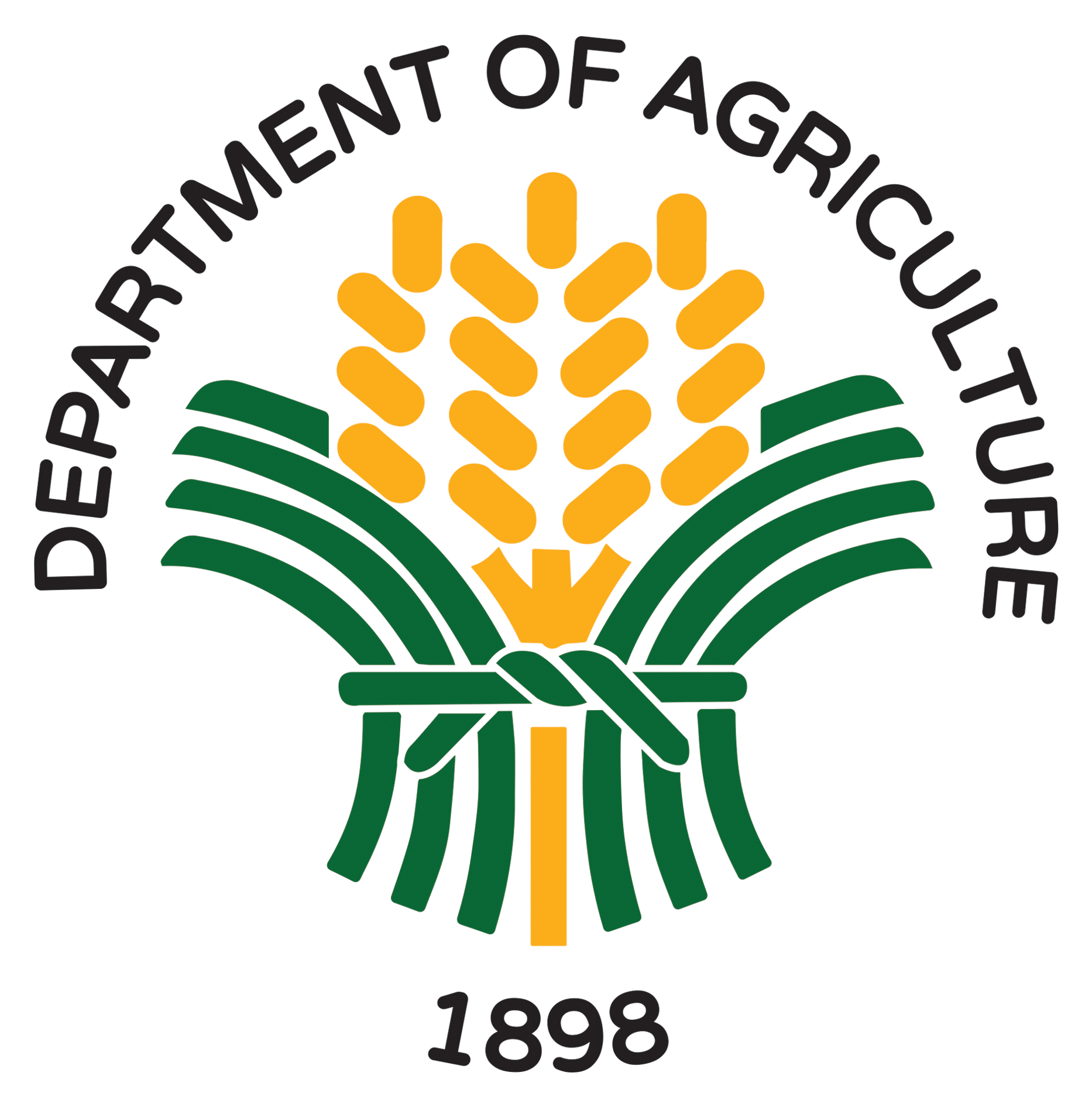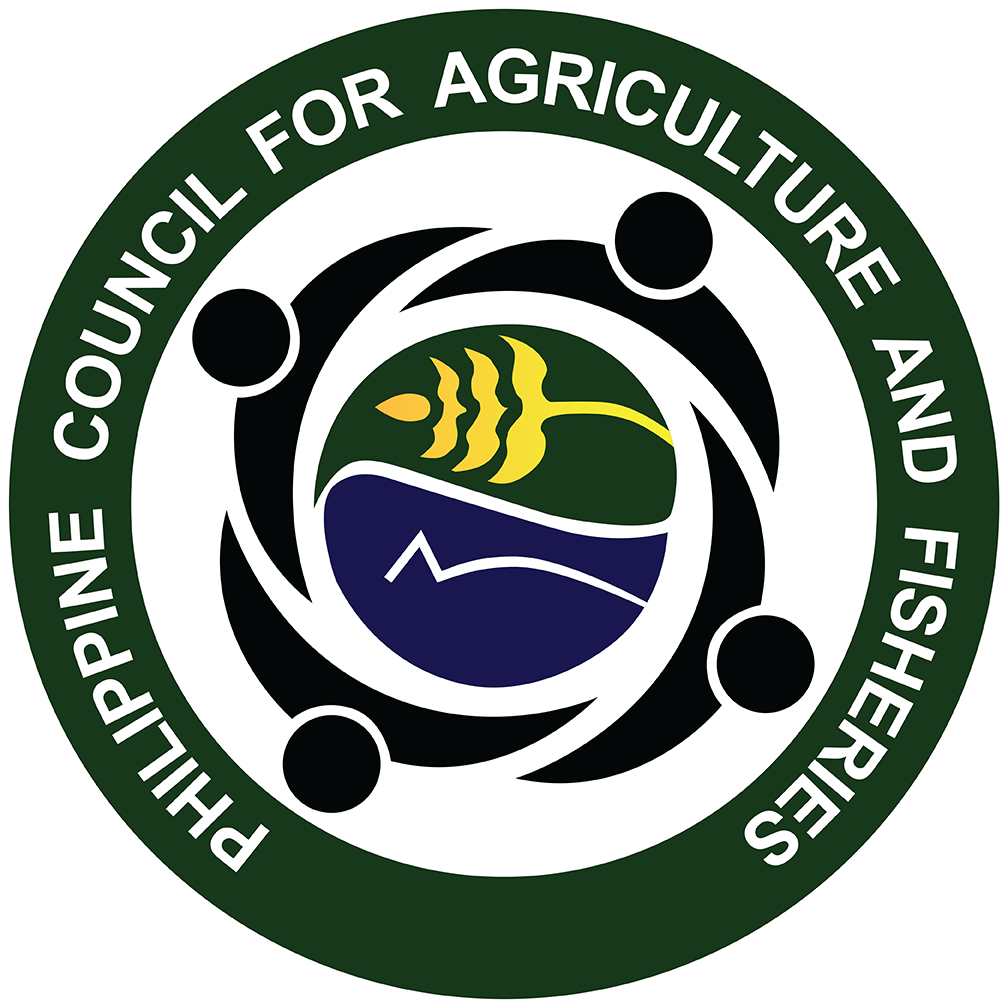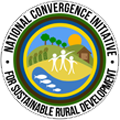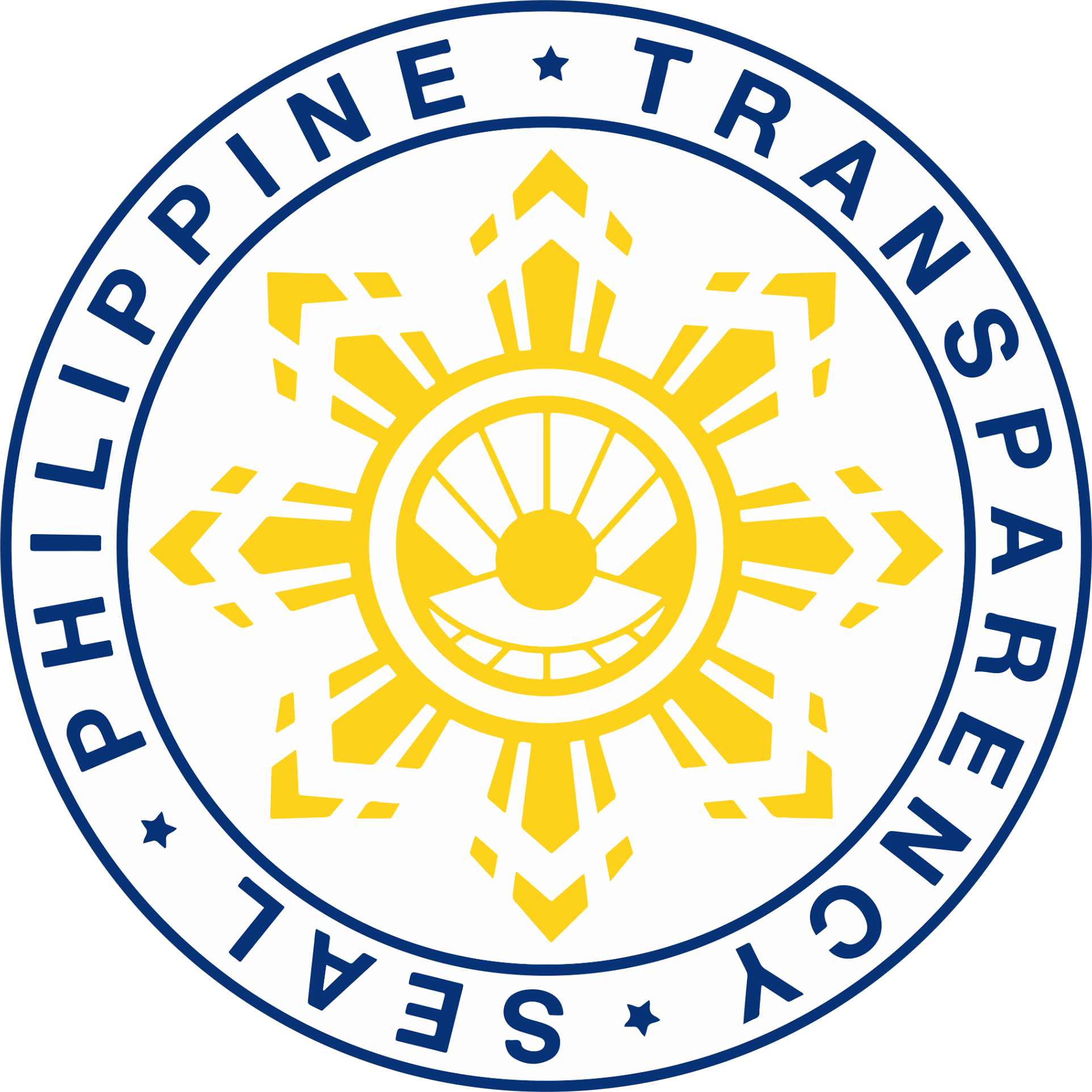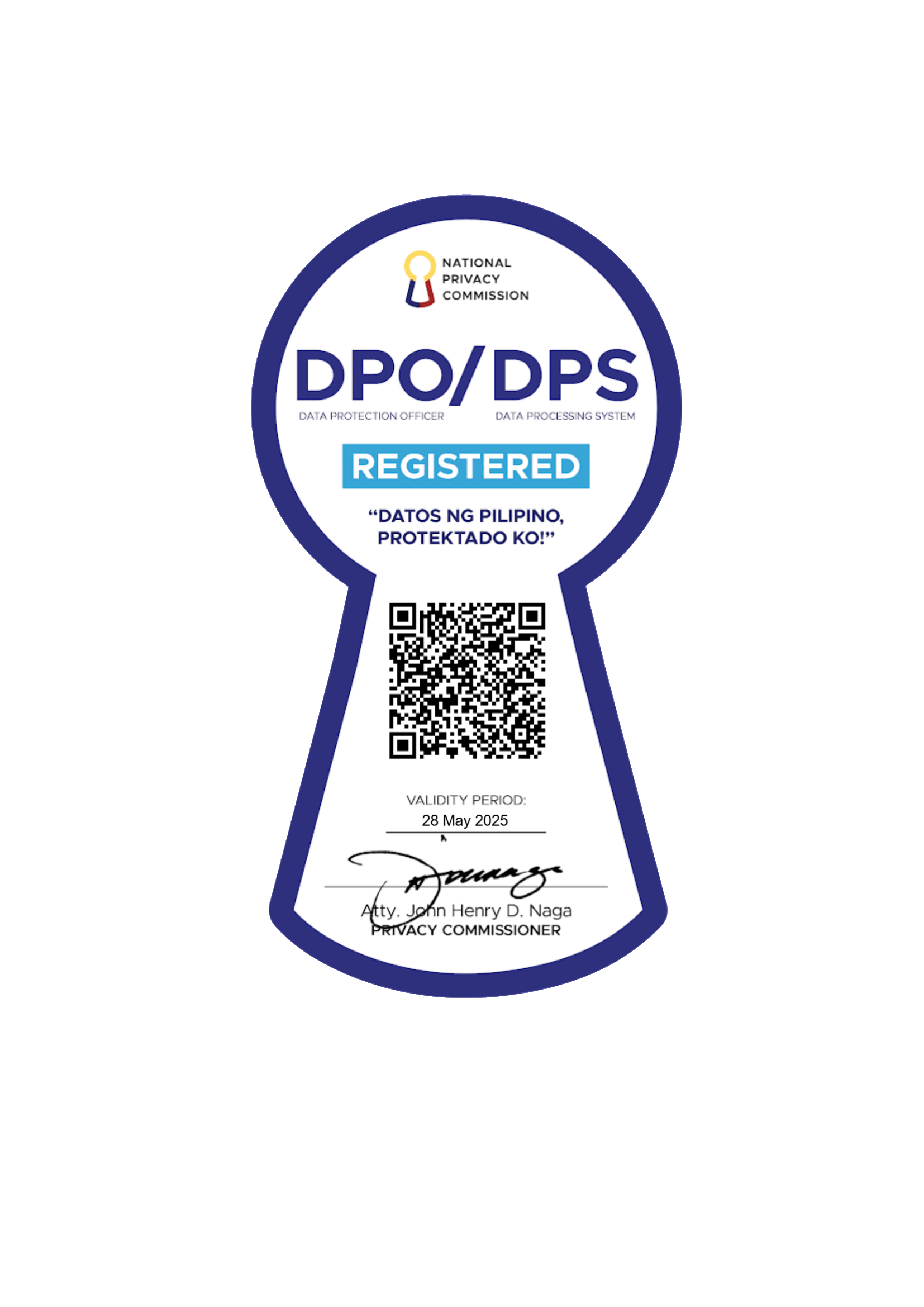
As the Philippines aims to further develop the livestock and poultry industry as a source of employment and income, and eventually reduce importation, an evaluative study was conducted to assess the effectiveness of the animal genetic improvement programs (GIPs) of the Department of Agriculture (DA).
The result of the study titled “Assessment of the Animal Genetic Improvement Programs in the Philippines: Impacts to National Livestock and Poultry Development” was presented to more than 90 private sector-partners and employees of the Philippine Council for Agriculture and Fisheries (PCAF) through the online Knowledge Unloading Day (KUD) on November 29, 2023.


The study cited that various bureaus and agencies of DA like the Bureau of Animal Industry (BAI), Philippine Carabao Center (PCC) and National Dairy Authority (NDA) have been implementing animal GIPs.
In collaboration with the DA-National Livestock Program, these programs serve as instrumental tools in addressing challenges and propelling the agricultural sector forward. They aimed to enhance the efficiency and sustainability in the production of all livestock and poultry products to meet the country’s requirements.
PCAF commissioned the Central Luzon State University to conduct the evaluative study to review the information on various programs and initiatives of DA on genetic improvement of livestock and poultry.
The study focused on the assessment of the outputs, outcomes, and impacts of the GIPs; identify problems in implementation, and provide recommendations to further improve implementation of GIPs.
The project team led by Dr. Maria Excelsis Orden emphasized that the livestock and poultry industries have significantly developed with positive contributions from animal GIPs.
“Genetic improvement is a long process but we need to have strong support from the government to produce quality animals and stabilize our production,” said Dr. Annabelle Sarabia, one of the study leaders of the project.
On the other hand, Dr. Orden underscored the significance of the livestock and poultry industry in the country, emphasizing its role as a crucial source of food, employment and income. Notably, the Gross Value Added (GVA) share of the livestock and poultry industries stands at PhP183 billion and PhP187 billion, respectively.
The evaluative study focused on the specific genetic improvement programs and projects implemented by BAI, PCC and NDA. The study focused on the Dairy Cattle Programs led by Dr. Marilyn Elauria, Carabao programs led by Dr. Sarabia, Beef Cattle and Goat programs led by Prof. Normito Zapata, Jr., and Native Animals programs led by Prof. Zenaida Huelgas.
For the Beef Cattle and Goats components, the team identified the Unified National Artificial Insemination Program; Accelerating the Genetic Resource Improvement Program for Beef Cattle and Small Ruminants, and Goat Production Project for Accelerated Hunger Mitigation Program. The three programs aim to increase goat/beef cattle production and performance, generate additional income, and increase food production.
The Native Animal GIPs includes the Itik Pinas and Native Animals like native pig and native chicken. Itik Pinas aims to develop a true-to-type breeder population through selection and breeding to improve performance, while the Native Animals Program aims to expand the contribution of the domesticated native animals in the gross domestic product.

The Dairy Cattle component aims to ensure and accelerate the increase in both local dairy stocks and local milk production, while the Carabao component aims to produce a gene pool of genetically improved animals, and improve growth and reproductive performance of animals through improved breeding and management practices.
“There is really a need to upgrade the varieties or have a build up program through the improvement of genetics to increase the production of milk and produce more animals for dispersal,” said Prof. Huelgas, one of the study leaders on the importance of implementing animal GIPs.
The study identified some issues and concerns to be addressed to achieve the full potential of the GIP.
Several concerns have been identified encompassing improper breeding practices at the farm, gaps in monitoring and evaluating animal well-being, adaptability issues of imported animals, including transboundary diseases resulting in high mortality and population decline. Additionally, strategies for other animals were centered on upgrading or crossbreeding, which may not be considered as a “true GIP”.
The team also encountered concerns on the decrease in the number of highly skilled Artificial Insemination technicians due to better opportunities abroad, limited awareness among animal raisers and other stakeholders of the GIP and implementing strategies, and limited funds for research and development under the GIP budget.
Among the recommendations of the study includes:
- Fast-track breeding activities to produce more animals for disposal;
- Strengthen the recording of the management system of technicians and farmers and agencies concerned;
- Further improve the GIP through the conduct of strategic research and management plans to address current and future challenges;
- Continue capability building of technicians, raisers, local government units (LGUs) and other stakeholders; incentivize the technicians and LGUs;
- Enhance information dissemination on GIP to reach more stakeholders using multimedia platforms and other modalities;
- Development of each agency’s GIP referencing with the PCC’s GIP on carabao;
- Close coordination with LGUs to enhance implementation of GIP in the community;
- Develop a common database for GIP, and
- Creation of the National Animal Genetic Board to coordinate the planning, implementation, and monitoring and evaluation of GIPs and serve as a policy making body in pursuance of the government’s genetic improvement program across livestock and poultry species both local (indigenous) and imported (exogenous or exotic) breeds.
The KUD is an initiative led by PCAF’s Knowledge Management Section. Its primary objective is to effectively disseminate the results of studies done by experts and champion support for the implementation of policy and program recommendations. The overarching goal is to foster a more conducive and enabling policy environment. | Jezebel Campaniel
